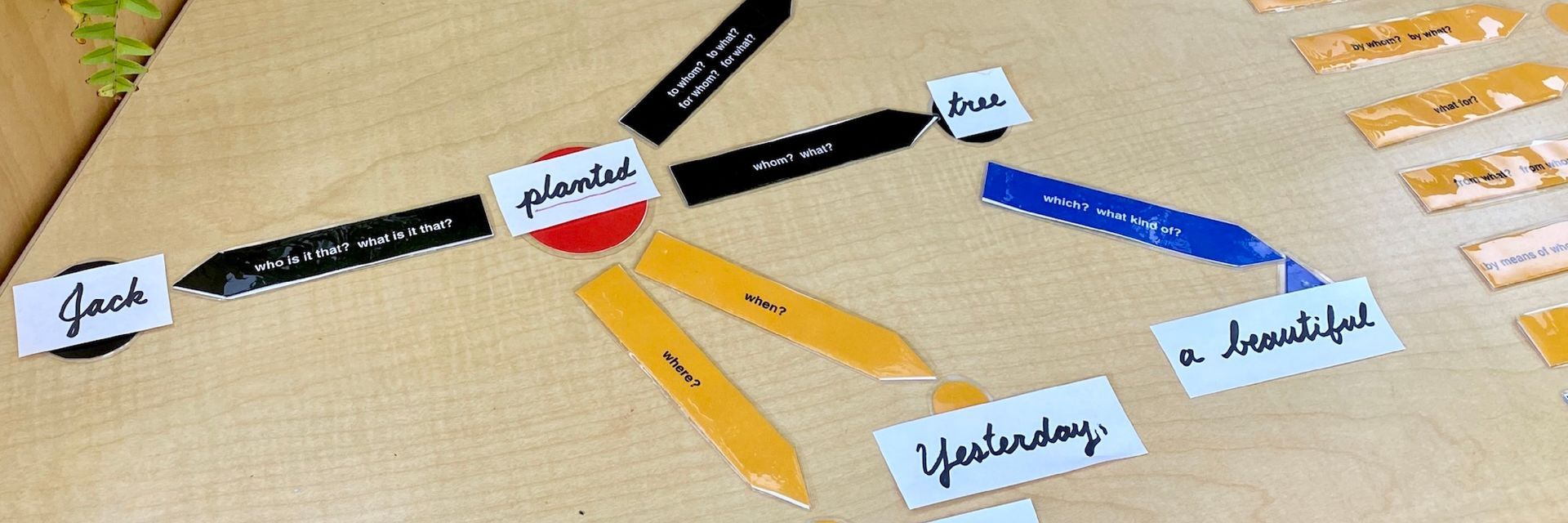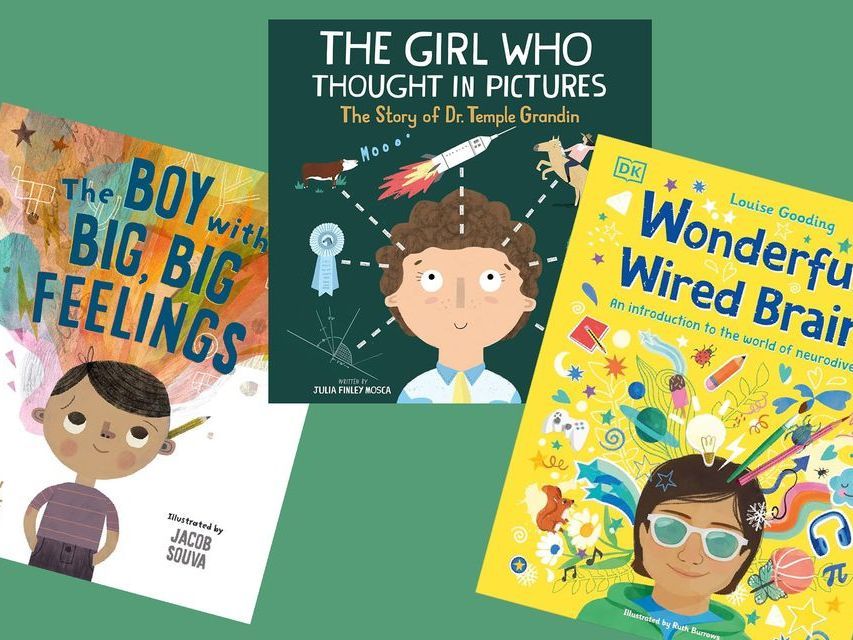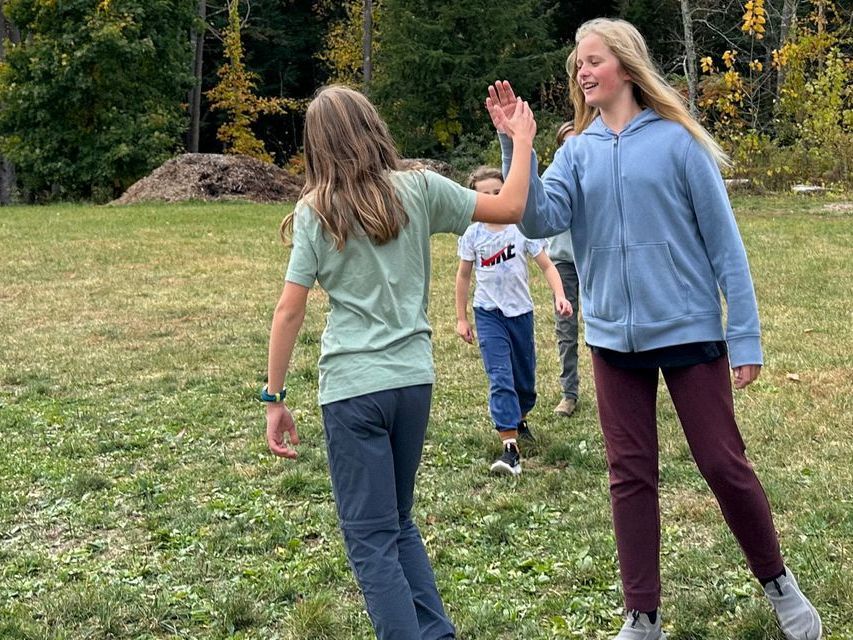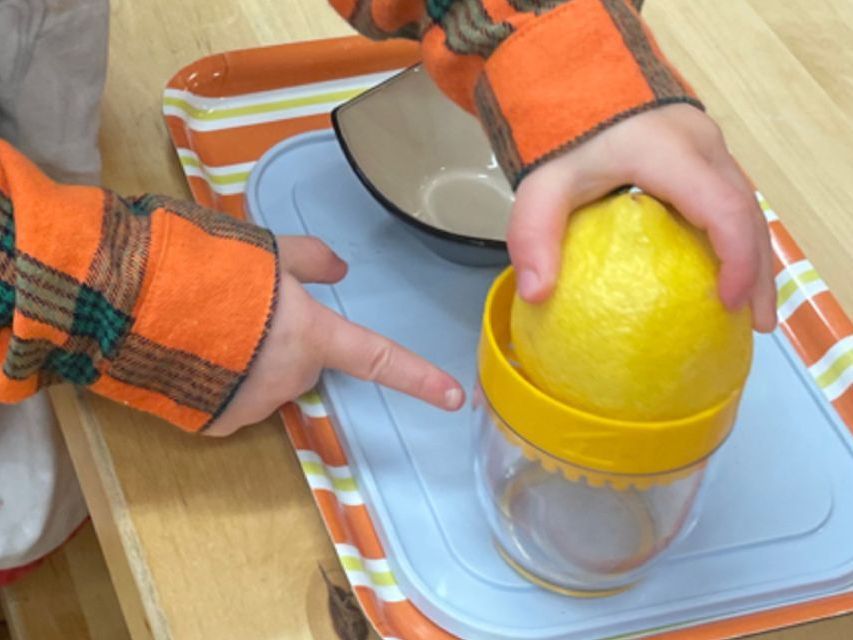
By Meagan Ledendecker
•
April 7, 2025
Did you know that the word "grammar" evolved from "glamour"? This linguistic connection reflects an ancient association between language and enchantment. When we introduce Montessori's sentence analysis work, we offer more than just a lesson—we present an enchanting gift! We regularly witness children falling in love with language as they uncover its patterns and structures. At the elementary level, children possess a reasoning mind, an active imagination, and a deep need for communication. The Montessori sentence analysis activities appeal to these characteristics, helping children connect as they creatively discover the underlying patterns of our language. Why Do We Teach Sentence Analysis in the Elementary? Children are natural pattern seekers. They love to identify and understand structures in the world around them, including language. We want them to fall in love with language. By engaging in hands-on grammar work, children develop an appreciation for the beauty of sentence construction. Sentence analysis provides clarity. Understanding sentence structure helps children write with greater precision and confidence. Analysis leads to synthesis. When children break down sentences, they gain the tools to build more complex and meaningful expression in their own writing. What Sentence Analysis Involves The elementary sentence analysis materials introduce a set of symbols (that correlate to what children have experienced with the Montessori grammar boxes and the symbols for parts of speech), along with color-coded arrows with questions on one side and grammatical names on the other. When breaking apart the parts of the sentence, children first identify what brings the sentence to life: the verb (predicate). To identify the subject of the sentence, children ask the questions from one of the arrows emanating out from the action: Who is it that? What is it? By answering those questions, the children are able to determine the subject. Let’s use a very simple sentence as an example: Josie jumped. The children first identify the action: jumped. They can underline this word in red and then can cut it out or tear it out in order to be able to place the word on the red predicate circle. Then they use the black arrows to answer the question: Who is it that jumped? Josie!
Contact Us
© 2024 The Montessori School of the Berkshires
PO Box 422, 21 Patterson Road, Lenox Dale, MA 01242
The Montessori School of the Berkshires (MSB) is a private independent coed school which inspires children to develop independent thinking, self-assurance, inner discipline, and a love of learning in an authentic Montessori environment nestled in the scenic Berkshire hills. We serve children in toddler, preschool, elementary, middle, and adolescent programs. MSB is an equal opportunity employer and provider. We do not discriminate on the basis of race, color, gender, religion, sexual orientation, disability, cultural beliefs, marital status, or ethnic origin in employment or the administration of admissions programs or policies.









